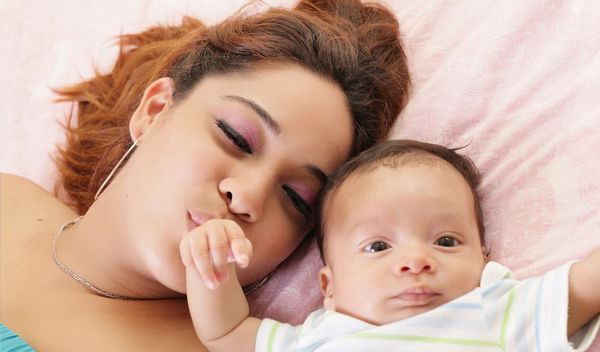Highlights
Readers of this blog have had regular opportunities over the past few years to learn about government funding to community organizations to provide marriage and relationship education (MRE) services to at-risk populations. And they have also been exposed to the controversies surrounding this recent social policy initiative. (See these blog posts.) The idea behind these programs, which are funded by the federal government and a handful of states, is to increase family stability and improve child well-being by equipping couples with the principles and skills they need to form healthy relationships. (For a lengthier summary, see this National Marriage Project report.) Many community organizations are hunkered down right now writing proposals for funding to support these educational services for the next five years.
When this policy initiative began, some doubted that there would be sufficient interest in the programs and believed that they would not reach at-risk populations. To evaluate the success of the initiative, we must ask whether this first, basic hurdle has been met. What do we know about whom these programs are serving?
Over the past few years, I have been trying to compile this information from reports to the federal government from community organizations that were funded by the Administration for Children and Families. (And thanks to some talented research assistants, especially Sage Erickson, for their ongoing help with this project.) Here is what I’ve learned about whom these programs are serving from reports covering the first five years (2006 to 2011) of this initiative.
A little more than 700,000 participants enrolled in these programs between 2006 and 2011. (Of course, it is likely that some participants did not fully complete the programs.) The first year, community organizations were ramping up services. But we estimate that once they got going, they were serving about 160,000 people a year. Although there was wide variation between organizations in the number of individuals served over the first five years of this initiative, the median number served was about 2,500 per organization. The average cost per participant was around $750. (There were also grants to organizations to provide classes and services to promote responsible fatherhood, and some of these organizations offered MRE classes to mostly unmarried couples as a part of their services. These services reached another 70,000 individuals.)
Demographically, what is the profile of those who participated in these MRE programs? A little more than a third (36 percent) were white; 29 percent were African American and 28 percent were Hispanic. More than half (56 percent) of participants had incomes below the federal poverty line, with another third (30 percent) of the participants near poor (below twice the poverty level). Roughly equal numbers of males (47 percent) and females (53 percent) participated. Seventy-five percent were high-school-age youth or young adults (ages 18 to 29).
In some related research, I found that many who come to these programs are in distressed relationships. They report fairly low levels of relationship satisfaction, significant problems in their relationships, and doubts about their future together. Some report that they have experienced common couple violence in the relationship (e.g., pushing, slapping, kicking, etc.). From numerous published and unpublished evaluation studies of these programs, I found the percentage of individuals in these programs in distressed relationships was between 25 and 60 percent; on average 40 to 50 percent of a given program’s participants were distressed. Some participants may attend these programs to tune up their relationship, but many come because they are already experiencing distress and, presumably, want to address it.
So, whom are we reaching with these programs? A typical program participant is non-white, poor, and young. Many are feeling distress in their relationship. So these programs are reaching substantial numbers of individuals who face a high risk of relationship and marital instability, and they are doing so at a relatively modest cost per participant.
Early evaluation studies of these programs and ones like them have found mixed results so far. Research on them continues. But this new policy initiative appears to be meeting the first hurdle, at least: relationship services are attracting significant numbers of at-risk individuals. Kudos to the dedicated community organizations running these programs for accomplishing this important first step.
Alan Hawkins is the Camilla E. Kimball Professor of Family Life at Brigham Young University.















